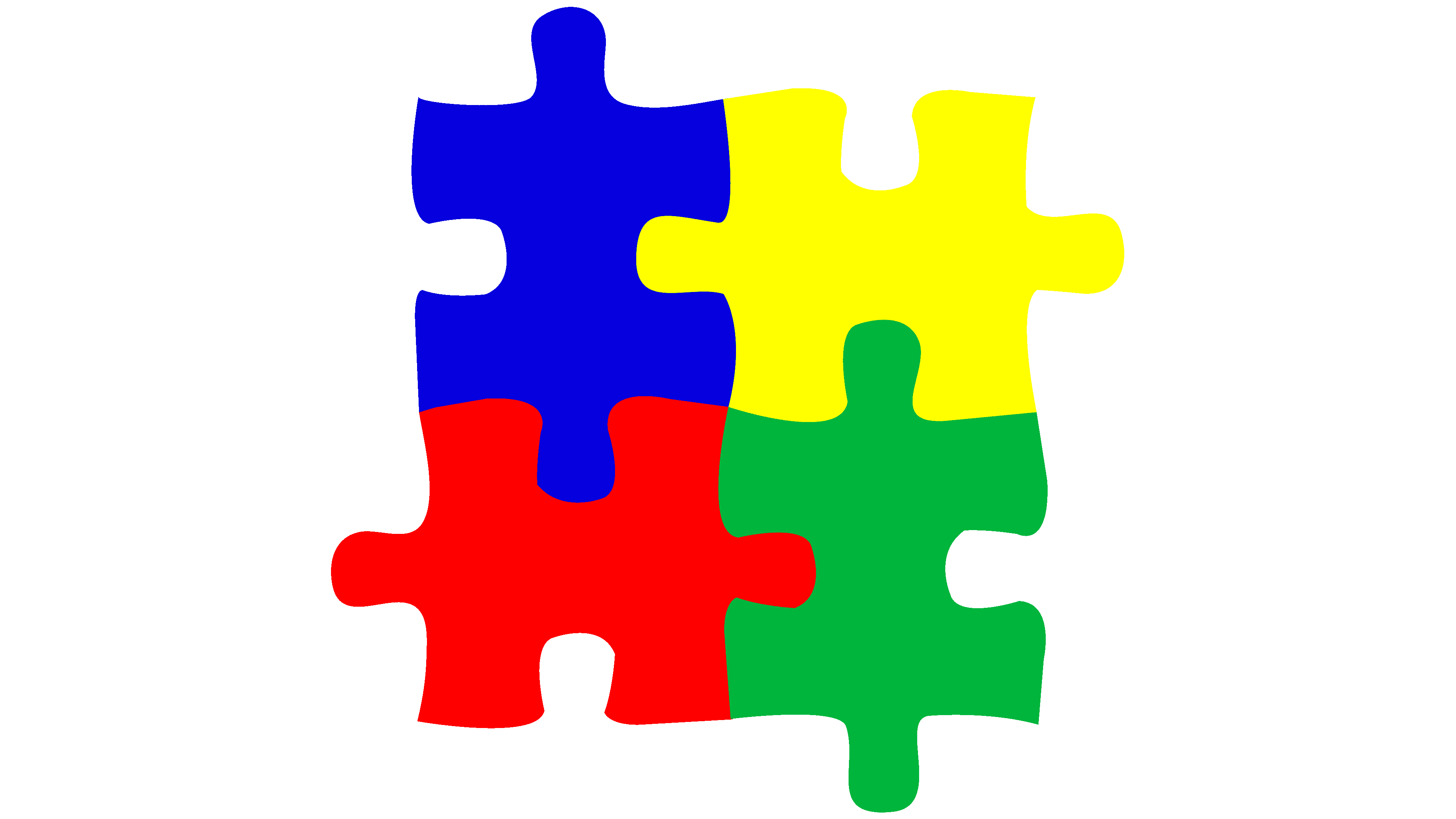How to Develop an Inclusive Atmosphere for Friends and Family with Autism
Wiki Article
Comprehending Autism: A Comprehensive Guide to Symptoms And Signs
Autism Range Problem (ASD) incorporates a variety of attributes that can dramatically affect a person's social communications and day-to-day performance. Acknowledging the symptoms and signs, such as obstacles with eye contact, social interaction problems, and sensory sensitivities, is vital for very early intervention. Understanding these subtleties not only help caretakers and instructors in offering ideal support however likewise promotes a more comprehensive setting for individuals with ASD. As we discover the intricacies of autism, it comes to be important to consider just how these indicators materialize in a different way across the range and what effects they hold for effective intervention techniques.Summary of Autism Spectrum Condition
Defining Autism Spectrum Disorder (ASD) entails recognizing it as a complicated neurodevelopmental condition defined by a variety of difficulties in social interaction, interaction, and behavioral patterns. The term "range" mirrors the large variability in signs and their severity, which can differ dramatically from one individual to an additional. ASD commonly shows up in very early youth, although some people may not get a diagnosis until later in life.Factors affecting the growth of ASD include environmental aspects and hereditary proneness, although the exact causes stay under investigation. Diagnosis frequently counts on behavior assessments, as there are no clear-cut clinical examinations for ASD. Early intervention is crucial and can considerably enhance end results, concentrating on boosting interaction abilities, social interactions, and adaptive habits.
Individuals with ASD might also show special staminas, such as outstanding focus to detail or certain locations of experience. Recognizing the multifaceted nature of ASD is crucial for cultivating a comprehensive environment that fits neurodiversity. Proceeded research study is important for developing efficient interventions and support group, enabling individuals with ASD to thrive and meet their possible within culture.
Common Indications of Autism
Recognizing the usual signs of Autism Range Problem (ASD) is crucial for early recognition and intervention. These signs can vary commonly in seriousness and presentation, yet certain characteristics are regularly observed in people with ASD.Among the most widespread indicators is a marked difficulty in establishing and preserving eye get in touch with. Individuals may additionally show minimal interest in social communications and reveal a preference for singular play. Repetitive behaviors, such as hand-flapping, shaking, or rotating objects, frequently arise early in youth. In addition, some children may develop rigorous routines and end up being distressed if these routines are interrupted.
Sensory level of sensitivities are likewise common; individuals might underreact or panic to sensory stimuli, such as audios, lights, or appearances. autism. Language advancement can be atypical, with some children showing postponed speech or making use of language in unusual means, consisting of echolalia-- duplicating sentences or expressions heard somewhere else
It is necessary to keep in mind that not every person with ASD will certainly show all these indicators, and the level of these behaviors can differ dramatically. Early recognition allows for prompt assistance and resources, enhancing the lifestyle for those on the range.
Social Communication Obstacles
Social interaction difficulties are a hallmark of Autism Range Problem (ASD), affecting a person's capacity to involve effectively with others. These troubles can materialize in different ways, consisting of obstacles in launching and keeping conversations, comprehending social signs, and reacting appropriately in social communications.Individuals with ASD may fight with nonverbal communication, such as eye get in touch with, face expressions, and body language. This can cause misconceptions, as their communicative intent might not be correctly interpreted by others. Furthermore, they may locate it challenging to comprehend the subtleties of tone and context, which are necessary for reliable communication.
In team setups, people with ASD might feel overloaded and might not recognize exactly how to sign up with in discussions (autism). They might also show atypical conversational patterns, such as monologuing about details interests without acknowledging social reciprocity
Furthermore, these obstacles can cause social isolation or difficulties in developing connections, as peers might misinterpret their actions or communication design. Recognizing these social communication difficulties is vital for cultivating helpful settings that advertise social abilities growth and boost the quality of interactions for people on the autism spectrum.
Sensory Reactions and sensitivities
Several individuals with Autism Range Condition (ASD) experience heightened sensory level of sensitivities that can substantially affect their day-to-days live. These sensitivities may materialize as over-responsiveness or under-responsiveness to sensory stimuli, consisting of sounds, lights, structures, tastes, and smells. A person with ASD may find daily sounds, such as a vacuum cleaner or crowded environments, overwhelmingly traumatic, leading to anxiousness or crises. On the other hand, some may exhibit an indifference to discomfort or severe temperatures, which next page can posture safety and security worries.Sensory handling differences in people with ASD can likewise impact their ability to engage in regular activities and social interactions. For example, a child who is delicate to touch may stand up to physical affection or stay clear of certain apparel materials. Alternatively, a choice for sure structures or preferences can limit nutritional options and produce challenges during nourishments.
Understanding these sensory level of sensitivities is essential for acknowledging the distinct experiences of people with ASD. Awareness of their sensory profiles can promote much better interaction and read assistance approaches, creating an environment that accommodates their requirements and boosts their lifestyle. Ultimately, acknowledging sensory sensitivities is an essential part of comprehending the broader range of autism.

Supporting Individuals With Autism
Reliable assistance for individuals with Autism Range Problem (ASD) is important for boosting their overall well-being and promoting freedom. Support techniques need to be customized to meet the special needs of each person, considering their toughness and challenges.
Social abilities training can also play a crucial function. autism. Engaging individuals in group tasks or role-playing circumstances can boost their ability to navigate social communications. Additionally, it is vital to enlighten family participants, caretakers, and peers concerning ASD to promote a comprehensive and helpful area
Verdict
Finally, a comprehensive understanding of Autism Spectrum Disorder is necessary for acknowledging its signs and symptoms and signs. Early recognition of usual features, such as social interaction obstacles and sensory level of sensitivities, makes it possible for caretakers and instructors to implement reliable interventions. By cultivating boosted interaction and social skills, individuals with autism can navigate their settings more successfully. Inevitably, enhanced awareness and assistance can substantially improve the lifestyle for those impacted by ASD.Autism Spectrum Problem (ASD) includes a broad array of attributes that can considerably impact a person's social interactions and day-to-day performance.People with ASD site web may have a hard time with nonverbal communication, such as eye call, facial expressions, and body language.Several individuals with Autism Range Disorder (ASD) experience increased sensory level of sensitivities that can substantially impact their everyday lives.Sensory handling differences in people with ASD can additionally impact their ability to involve in routine tasks and social interactions.Comprehending these sensory sensitivities is crucial for identifying the special experiences of people with ASD.
Report this wiki page